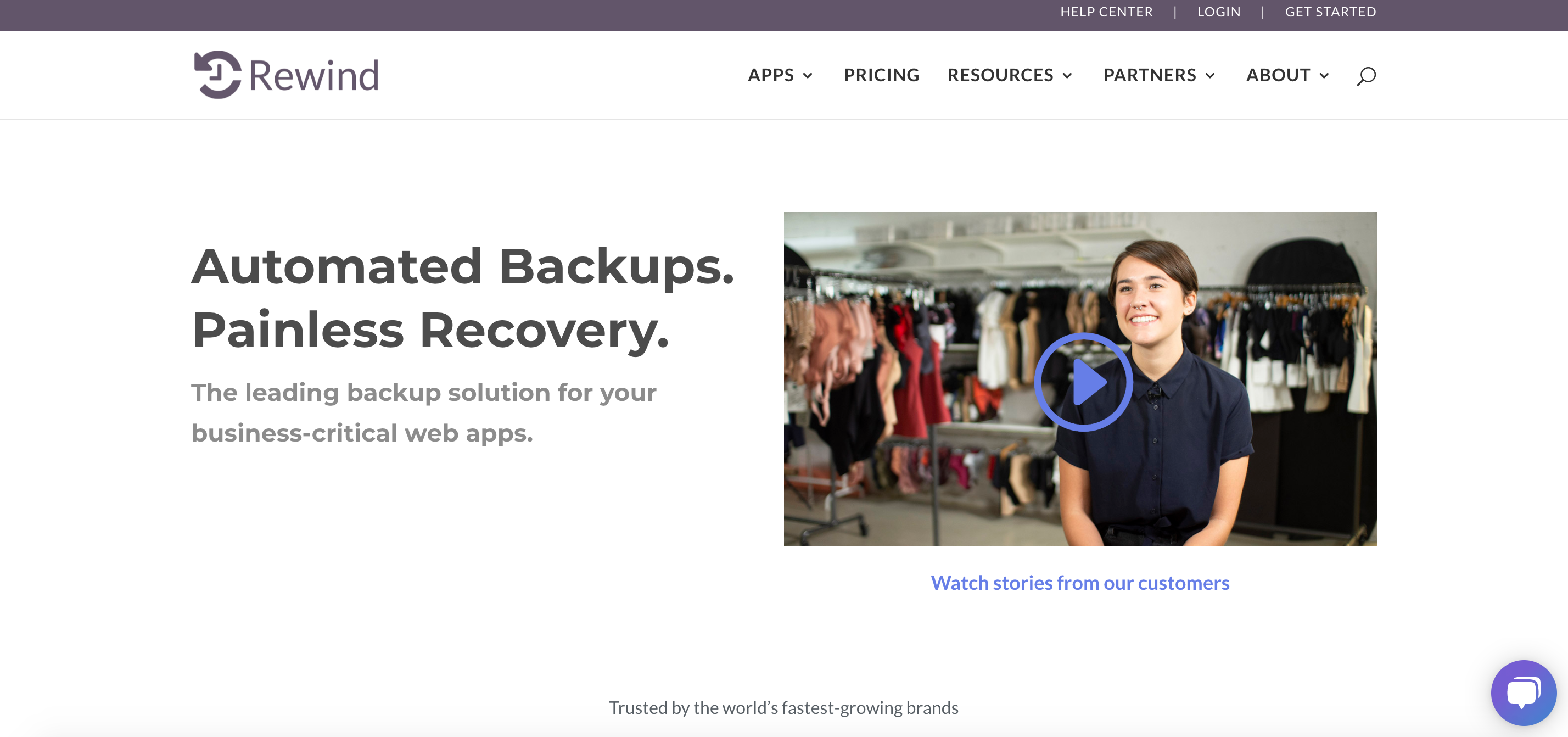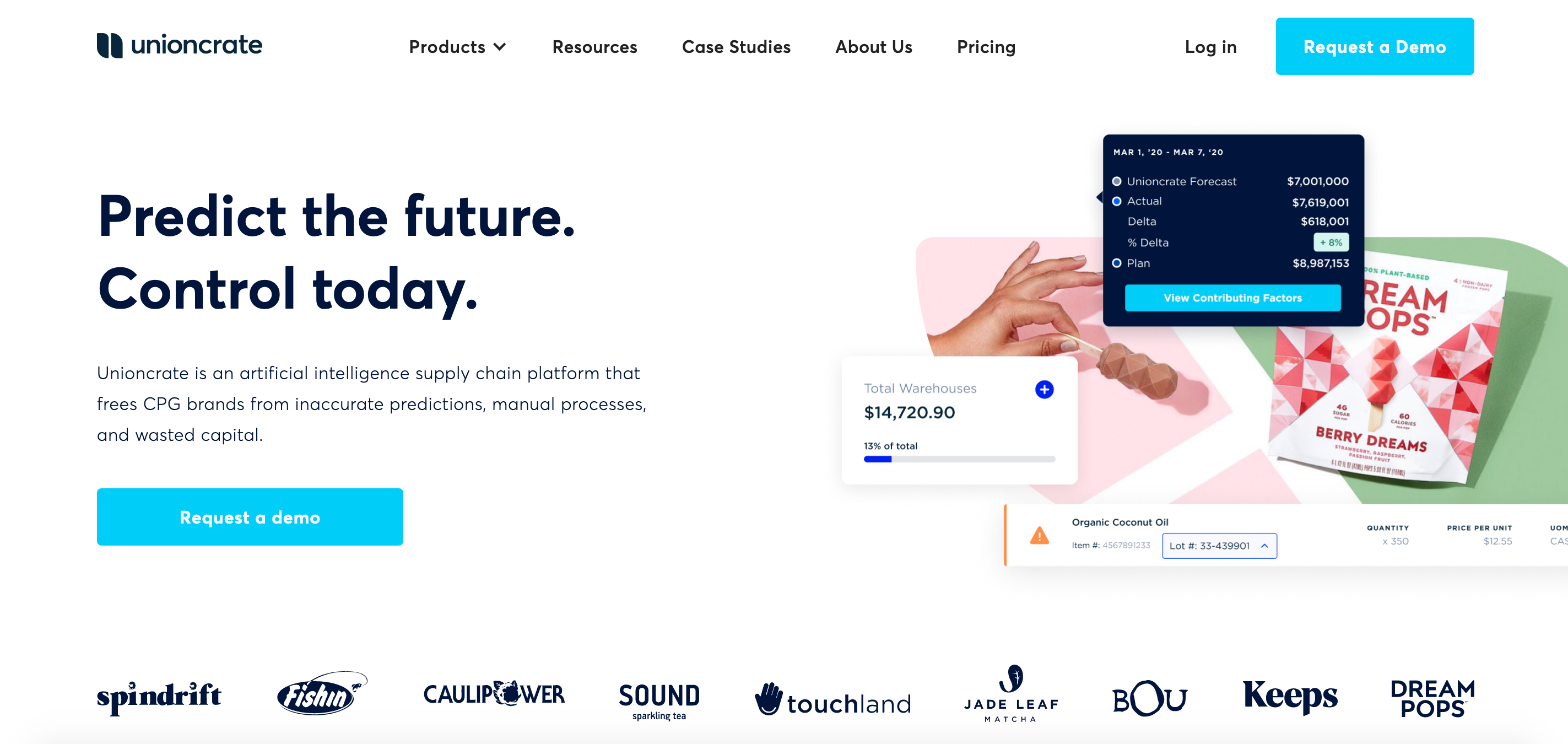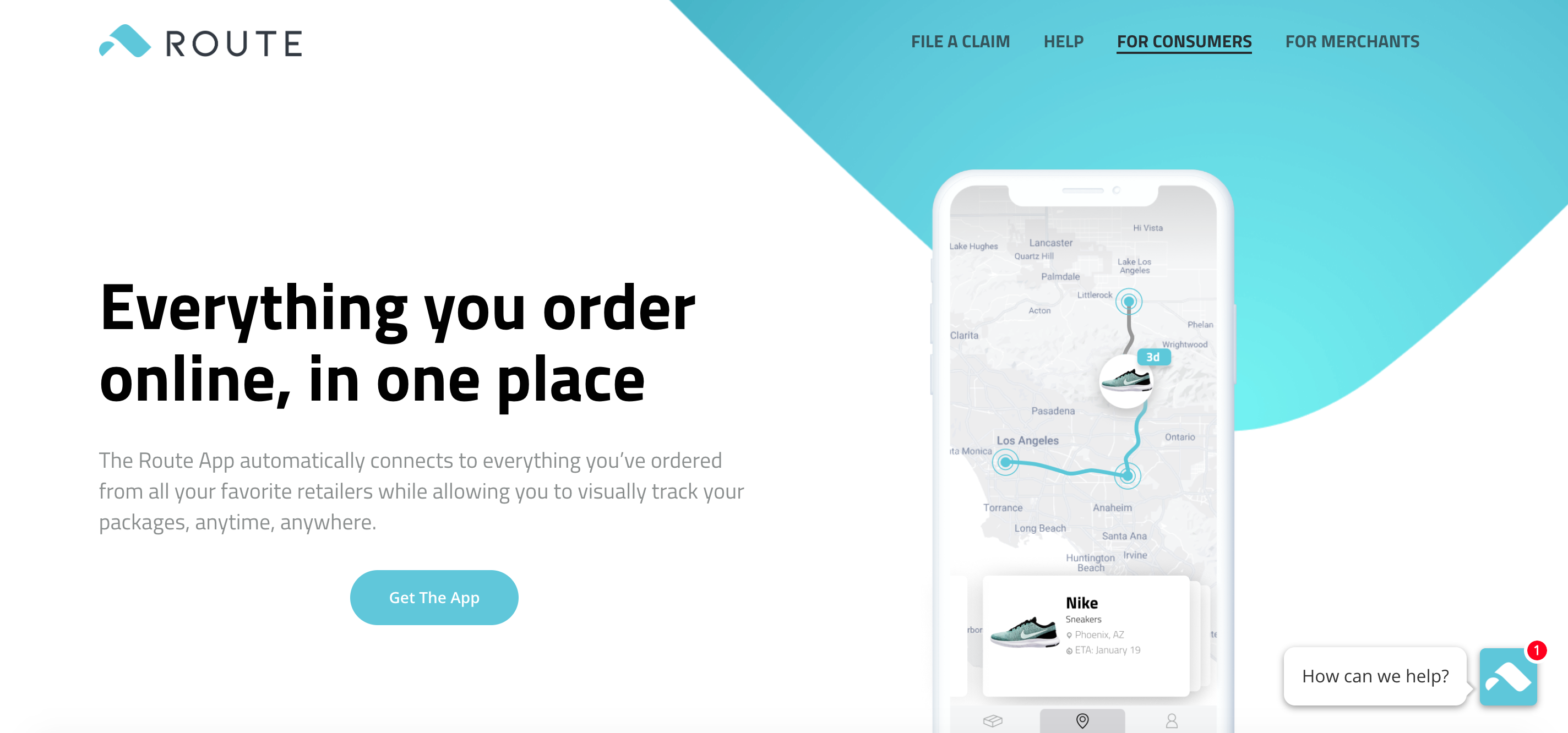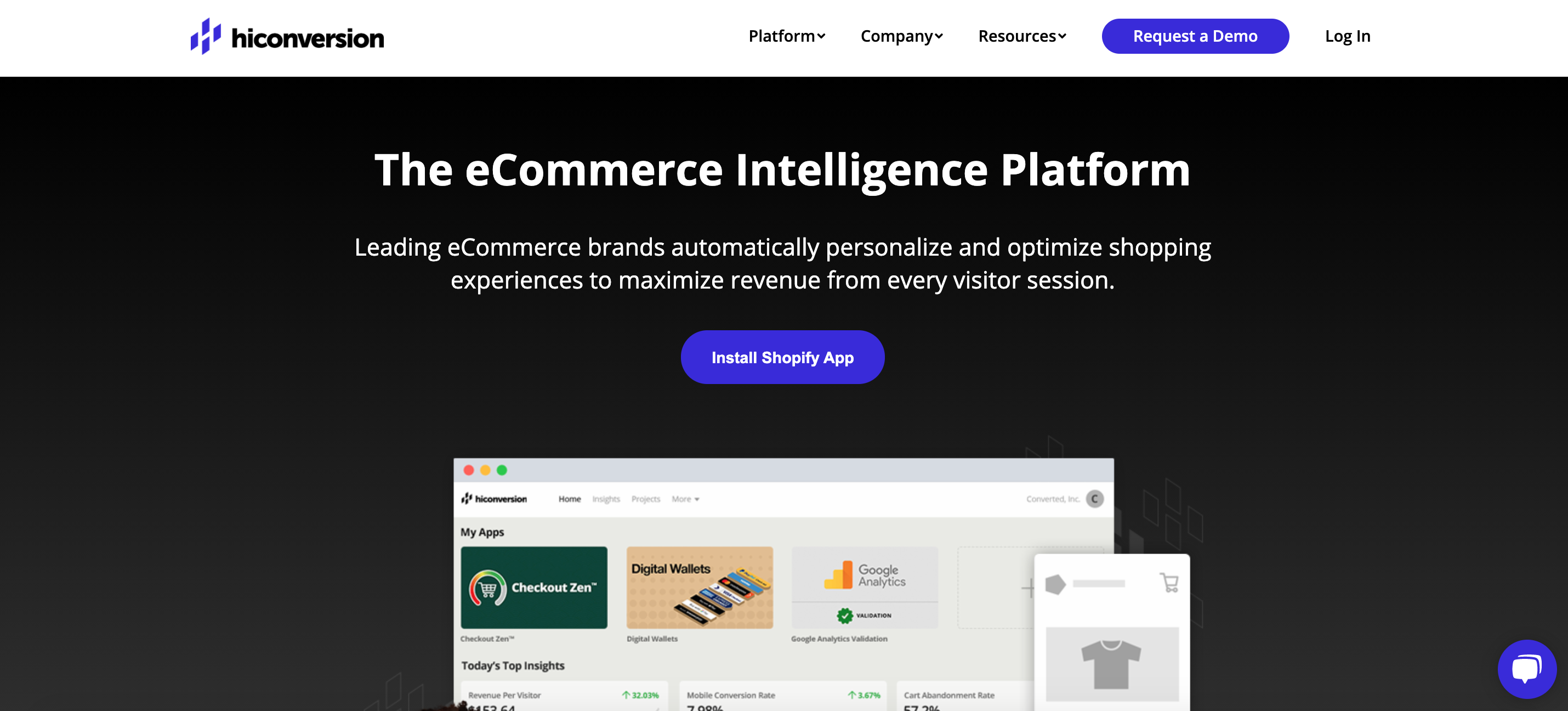You’re Holding Your Shopify Store Back If You’re Not Automating These 5 Processes

Did you know that the eCommerce industry was worth $3.535 billion at the end of 2019? That’s after year-on-year growth that witnessed revenue rise from $1.336 billion as recently as 2014. There’s no sign of growth slowing in online marketing in the coming years.
As an owner of an online business, you might have too much on your plate. From operations, to revenue and customer support, to inventory and marketing, it’s a long and never-ending to-do list. However, the end goal remains to get more and more conversions. The metrics that matter the most are about the sales you make while saving both time and capital.
Well, the actual question here is “What is your most valuable resource while running an online business?”
eCommerce is prospering with an escalation in competition. The business that saves both time and capital is the one that flourishes later. Websites have to operate 24/7, and be able to take orders every minute of the day. You have to focus on bringing in more conversions while keeping everything else on track.
Ecommerce businesses have plenty of opportunities to develop in this growing sector. The smartest way to save time, capital, staff, and manual tasks is through eCommerce automation.
Shopify automation can generate $2 billion in just pre-scheduled sales. Imagine how much it can benefit your business growth when implemented across different customer touchpoints!
Here’s a list of must-have Shopify automation for the betterment of workflow
Over 50% of companies today use workflow automation to save costs related to hiring extra staff, improving accuracy and efficiency levels of processes, and saving time when carrying out everyday tasks.
Besides this, 80% of marketing automation users have reported a considerable improvement in the number of leads they have generated. Also, 77% of these users have seen conversions increase to a good amount by deploying marketing automation.
With well-established marketing automation techniques, you can stop worrying about manual routine tasks, delays in ordering, or any other related processes. You can use that time to focus on enhancing customer engagement and conversion rates.
Here’s what you should be automating for your Shopify store right away.
1 | Backup your Shopify store data
Shopify is a great platform for eCommerce. However, there is still a single point of failure for possible catastrophic data loss (wiping out all your records of whatever you’ve built in-store). Your store is definitely a valuable asset regardless of whether it gets a single order or thousands of orders in a month. It is the backbone of your eCommerce business and losing data can negatively affect it.
Having a backup for your Shopify store is recommended to ensure the security of your business. Just like an insurance policy, backing up data keeps your critical store information safe.
You can rely on eCommerce platforms for the backup of your data if you accidentally ever delete it or any other disaster occurs. However, this might not be the case always!
While eCommerce providers do backup their platforms, this backup of your online store is intended to be used in case of a fault that occurs from their end. These errors can include servers crashing, taking down hundreds of accounts, etc. The problem is that this backup will NOT be accessible for individual account restores. So, if in any case, something goes wrong in your account, there won’t be an option of getting your data back (even with the help of customer support).
One-stop solution for automated backup and painless recovery – Rewind

In order to protect your business data, make it free to move, and keep it secure from wrongdoers, Rewind provides efficient ways of backing it up. It focuses on securing and backing up the data that lives in the cloud – specifically in apps like Shopify, BigCommerce, and QuickBooks Online.
So, even if you forget to perform a backup and something unusual happens to your online store, you can quickly recover and minimize any damage in terms of lost sales and time.
2 | Enhance the customer experience all the way to their doorstep with visible order tracking
Buyers look for a personalized shopping experience. Therefore, allowing them to track their order at every stage of the delivery process is a powerful way to boost it.
“How they sell is why they win”, said Brin Halligan (CEO and Co-Founder of HubSpot)
This statement quotes how every step you take can benefit the growth of your business. Order tracking is another such area. It not only helps customers in tracking where their orders are, but also benefits eCommerce businesses in gaining genuine business leads.
By implementing the order tracking feature, you improve the post-purchase experience for your customers. Hence, increasing customer acquisition and retention rates. Rising client expectations for delivery speed and accuracy continue to compel eCommerce brands to achieve greater order efficiency.
Today’s buyers want visibility into the entire ordering process – from accurate availability at purchase to proper shipment information. Besides keeping operations in order, focus on giving customers transparency.
73.6% of shoppers say that delivery is most important to the overall shopping experience.
For visual tracking of orders done at eCommerce platforms like Shopify – Route
Route is one such platform that empowers brands to be intentional about their post-purchase experience by providing real-time visualization of online orders. It looks into several other factors including package protection, effortless claim-filing, and also the world’s first universal order history.
24/7 visibility into purchases keeps buyers satisfied. Also, order tracking eliminates chaos, builds trust and retention rates, and provides a better customer experience.
3 | Visual merchandising for your online store
Businesses are advancing by leaps and bounds and merchandising has become even more imperative. This is more critical in online businesses as the visitors can leave your store for another with just a click. Merchandising involves the practice that can contribute to an increased sale of products. It refers to the display of products in such a way that stimulates interest and entices the users to make a purchase.
About 63% of consumers think positively of a brand if it gives them content that is more interesting and relevant.
When it comes to merchandising techniques, the “one size fits all” approach doesn’t suffice. Based on overarching objectives, merchandising varies by segment to target a specific goal.
This involves several strategies like:
- Discounting
- Live chat support to aid the purchase decisions
- Physical presentation of products (UI/UX)
- Effective product categorization
- The appropriate decisions for presenting products at the right time to the right users
Better control over product display improves both the visual appeal and user experience. Stores that create a seamless shopping experience and guide users to purchase completion enjoy an array of benefits.
Merchandising solution for eCommerce platforms like Shopify – HiConversion
HiConversion is the eCommerce intelligence platform that helps merchants personalize and optimize shopping experiences to gain maximum revenue from every visitor session. It presents ultra-relevant product recommendations in real-time based on the user’s behavior and context. Also, it turbocharges conversion rate optimization by running many experiments in parallel.
HiConversion leverages a broad range of visitor segmentation features to trigger marketing and merchandising content –Thus ensuring success with accurate result attribution.
4| Recovering abandoned carts
What is worse than abandoned carts on your online store?
In the world of eCommerce, shopping cart abandonment is one of the biggest issues faced by online stores. Customers add items to their cart and leave without purchasing them. In simple words, your sales funnel tactics fail.
Within the last 3 months, 58.6% of online shoppers have abandoned a cart saying “I was just browsing/not ready to buy.”
There can be multiple reasons for users to leave their cart abandoned, such as:
- Extra costs are too high (shipping, tax, fees, etc.)
- Creating an account was required
- Too long/complicated checkout process
- Unanswered questions
- Poor mobile UI/UX
- Discount code doesn’t work
- Couldn’t see/calculate total order cost up-front
- Too slow delivery and other reasons.
As online markets continue to grow, so will cart abandonment rates. With so much competition in the field, shoppers get more options than ever before. In order to win back the user’s attention and convert their initial interest into sales, brands have to go above and beyond.
So, how can they do that?
21% of abandoned carts can be recovered through LiveRecover
LiveRecover works by turning more of your abandoned carts into sales with personalized text messages. If someone is close to purchasing but doesn’t finish checking out, the eCommerce integrations collect their contact info and follow up with those people without annoying them.
$260 billion are recoverable through checkout optimizations.
The other features from LiveRecover include extracting key phrases to identify common questions or concerns, segmenting customers based on specific cart conditions, and generating one-time discount codes for every customer. This way, customers end up re-visiting your store and making more purchases rather than leaving the cart abandoned.
5| Procuring supply chain management for your eCommerce business
Supply Chain Management (SCM) allows the manufacturers, wholesalers, and distributors to optimize supply-side activities for producing, selling, and distributing products to end-users. This maximizes the value for buyers with an enhanced production cycle and also solidifies a competitive edge for the business.
Today, most organizations offer only 20% visibility into their supply chains. Whereas to address key points of volatility 70% to 90% visibility is required.
84% of Chief Supply Chain Officers feel supply chain visibility is their biggest hurdle and has led to inefficiency across their business. However, beyond cutting costs and simplifying fulfillment logistics, a proper SCM can bring out a significant opportunity: the expansion of sales channels.
eCommerce is not only limited to creating a website and selling products online. It includes a lot more: product configuration, suitable infrastructure, logistics, secured payment gateway, and proper supply chain management. An efficient SCM accelerates eCommerce processes to meet customer’s expectations and drive more conversions.
Optimized inventory management, a must-have for supply chain management in eCommerce – Unioncrate

Unioncrate’s AI combines users’ behavior data with your historical shipments to predict sales and inventory with up to 85.3% accuracy. It incorporates consumption data and market trends for a more clear and complete picture of demand.
79% of companies with high performing supply chains achieve revenue growth greater than the average within their industries.
Unioncrate is engineered for the supply chain, to adjust the models based on unique variables, like service issues. By adapting their predictive models to the unique needs of eCommerce businesses, it quantifies major variables in the sales forecasting process – thus, making your supply chain better to get more conversions.
The ongoing shift to automation is the future of eCommerce
Automated eCommerce is one of the most notable technologies in this digital era. It’s the disruptive force that offers entrepreneurs an opportunity to save time, save money, and make more sales. Ultimately, it provides a platform for eCommerce businesses to scale exponentially.
Automated eCommerce is not just about retrieving items from the shelves to be shipped out, it’s a lot more. “Automated eCommerce” refers to any software, hardware, and strategy that can automate the flow of an online store.
Here are some surprising marketing automation ROI stats:
- About 80% of marketing automation users see an increase in leads.
- 77% see increased conversions.
- 91% of users say marketing automation is very essential for the overall success of online marketing.
The ongoing shift to automation has helped eCommerce businesses, like those on Shopify, reach 30% higher conversion rates. In conclusion, adopting automation in research, platform, fulfillment, marketing, and operation is key to massive scalability that can save both your time and capital while generating greater revenue.






